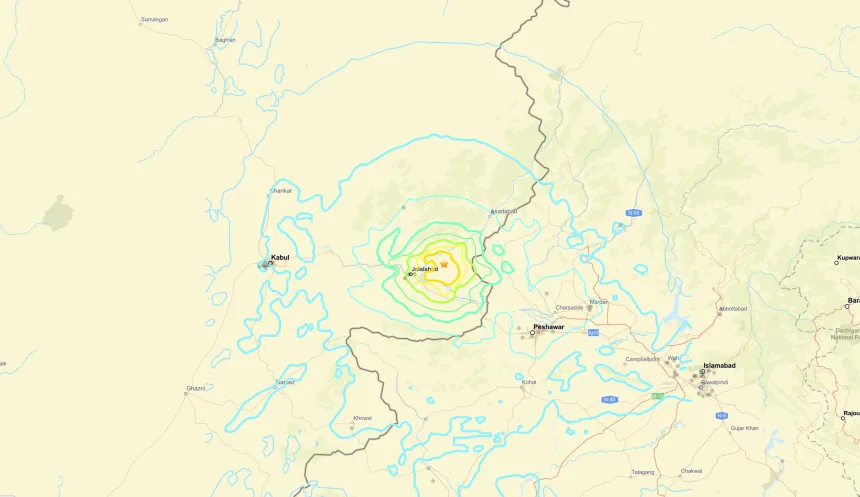Vietnam is under high alert as Typhoon Kajiki makes landfall on the country’s central coast, bringing powerful winds, heavy rainfall, and dangerous sea surges. Authorities have ordered the evacuation of more than half a million people from low-lying and coastal areas to reduce the risk of casualties. Schools have been shut, airports have suspended operations, and boat traffic has been halted as the country mobilizes for one of its most threatening storms of the year.
Kajiki strengthened quickly over the weekend, reaching sustained wind speeds of more than 160 kilometers per hour. Forecasts warn of torrential rainfall of up to 300 millimeters, sparking fears of landslides, flash floods, and widespread damage to farmland. The government has deployed over 16,000 soldiers and more than 100,000 paramilitary personnel to assist with rescue operations and emergency response once the storm passes.
The storm has already lashed southern China’s Hainan Island, where nearly 20,000 people were evacuated and businesses were forced to close. Vietnam now prepares for the full impact, recalling the devastation of last year’s Typhoon Yagi, which killed almost 300 people and caused billions of dollars in damage.
Officials are urging residents to comply with evacuation orders and stay in safe shelters until conditions improve. As the storm makes landfall, emergency teams remain on standby to deliver relief aid and restore essential services in affected provinces. The coming days will be critical in determining the scale of Kajiki’s destruction and the resilience of Vietnam’s disaster response system.



